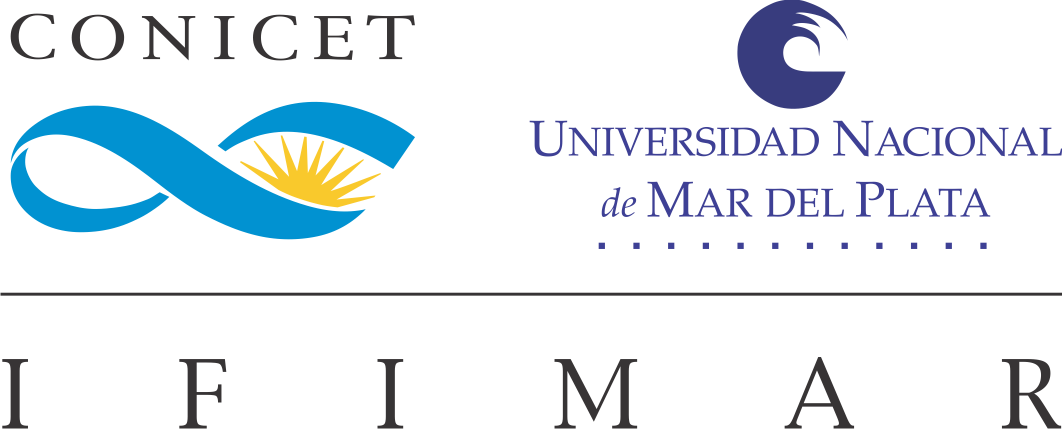PHYSICOCHEMISTRY OF SYSTEMS OF ENVIRONMENTAL INTEREST
Microplastics
In this project, we aim to find ways to degrade microplastics, tiny plastic particles that, although invisible to the naked eye due to their microscopic size, are present in the environment and pose a significant threat to both human health and ecosystems. Since plastic materials are not naturally produced but created by humans, nature lacks mechanisms to break them down when they appear in the environment. For this reason, our project focuses on developing chemical systems capable of degrading microplastics, thereby helping to remediate contaminated environments. To achieve this, we use various catalytic materials enhanced by light, with a particular interest in harnessing solar light.


Photoprotective agents
The properties and behavior of material systems with extremely small (nanometric) dimensions are studied, including molecules with photoprotective activity against the harmful effects of UV radiation or with antioxidant action. On one hand, combinations of UV filters derived from benzophenone, commonly used in sunscreens and currently considered emerging contaminants, are prepared along with metal-organic framework structures. Incorporating these filters into such metal-organic nanostructures is proposed to reduce the risk of skin damage and environmental dispersion. Additionally, natural substances are studied in emulsions containing nano- or micrometer-sized particles, aiming to evaluate their performance for potential technological applications, such as food additives. The natural compounds of interest belong to the mycosporine-like amino acids and gadusol families, exhibiting high efficiency as UV screens and antioxidants. They can be extracted from marine organisms, such as fish, or other discarded species with no commercial value, which are part of the waste generated by the fishing industry.
Sustainable Pressurized Fluid-Based Processes
The research group was created in 1992 under the direction of Dr. María Alejandra Grela within the Department of Chemistry of the Faculty of Exact and Natural Sciences (OCA 92/1992). Its current composition was approved by OCA 792/2019.
The research lines comprise physicochemical studies of photoinduced processes with potential applications in decontamination and energy transformation, as well as natural molecules and nanostructured systems with UV protection, antioxidant, and antimicrobial properties.
